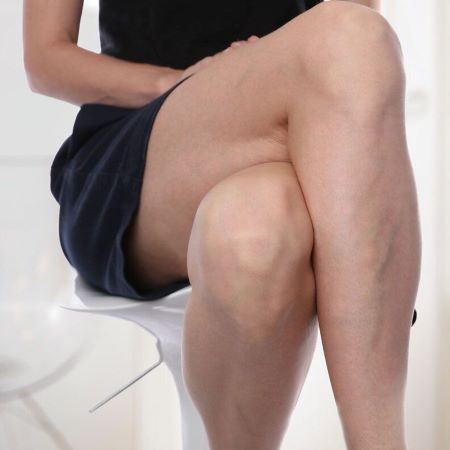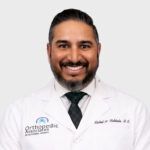Physical Medicine and Rehabilitation Specialists (PM&R), also known as Physiatrists, and Pain Management Specialists treat a wide range of orthopedic conditions such as back pain, joint arthritis, muscle pain, and nerve pain. They care for patients of all activity levels, including weekend warriors, high school, college, and professional athletes. Physiatrists and pain management specialists evaluate and treat injuries and disabilities, and are experts in designing comprehensive, patient-centered treatment plans using cutting edge as well as time-tested treatments to maximize function and quality of life.
At Orthopedic Associates of Dutchess County, our physiatrists and pain management specialists help patients manage both acute and chronic pain through non-surgical treatment options. Our specialists provide a comprehensive evaluation and will assist you in formulating a multidisciplinary treatment plan. This plan may include physical therapy, medications, interventional procedures such as injections, and more, aimed at reducing muscle and joint pain to help restore function and help you get back to your life.
Why Choose Orthopedic Associates of Dutchess County for Pain Management?
We’re the premier practice in the area for treating athletic and other injuries and conditions that cause orthopedic pain. Our pain management program offers:
- Fellowship-trained physicians: Our physiatrists and pain management specialists have the highest level of training.
- Latest advancements in non-surgical care: We offer cutting-edge, non-narcotic therapies that reduce pain and increase mobility. These include image-guided platelet rich plasma (PRP), steroidal injections, therapeutic exercises, and mobility-assistance devices.
- Convenience every step of the way: We do everything we can to help you navigate the treatment and recovery process.
Orthopedic Conditions and Injuries Pain Management Specialists & Physiatrists Treat
Pain management specialists and physiatrists see a wide range of conditions, including:
- Arthritis
- Back and neck pain
- Degenerative disc disease
- Herniated disc
- Muscle and nerve damage
- Post laminectomy syndrome (stimulators)
- Post-surgical recovery
- Scoliosis
- Spine conditions
- Spondylolisthesis
- Sports injury
- Tendonitis
- Varicose veins/Venous reflux disease
Pain Management Treatments We Offer
Our pain management specialists and physiatrists offer conservative care, designed around your goals. They provide non-surgical treatments that help people better manage pain. Treatments include:
- Prescribe non-narcotic medication: We may prescribe medicine that reduces pain, inflammation, or swelling.
- Offer injections: We offer many types of injections that reduce pain. This includes epidural steroid injections, trigger point injections, and nerve blocks.
- Perform minimally invasive procedures: These procedures also help reduce or block pain and include spinal cord and peripheral stimulation as well as facet and geniculate radiofrequency, and nucleoplasty.
Pain management specialists and physiatrists see a wide range of conditions, including:
- Arthritis
- Back and neck pain
- Degenerative disc disease
- Herniated disc
- Muscle and nerve damage
- Post laminectomy syndrome (stimulators)
- Post-surgical recovery
- Scoliosis
- Spine conditions
- Spondylolisthesis
- Sports injury
- Tendonitis
- Varicose veins/Venous reflux disease
Our pain management specialists and physiatrists offer conservative care, designed around your goals. They provide non-surgical treatments that help people better manage pain. Treatments include:
- Prescribe non-narcotic medication: We may prescribe medicine that reduces pain, inflammation, or swelling.
- Offer injections: We offer many types of injections that reduce pain. This includes epidural steroid injections, trigger point injections, and nerve blocks.
- Perform minimally invasive procedures: These procedures also help reduce or block pain and include spinal cord and peripheral stimulation as well as facet and geniculate radiofrequency, and nucleoplasty.
Physicians
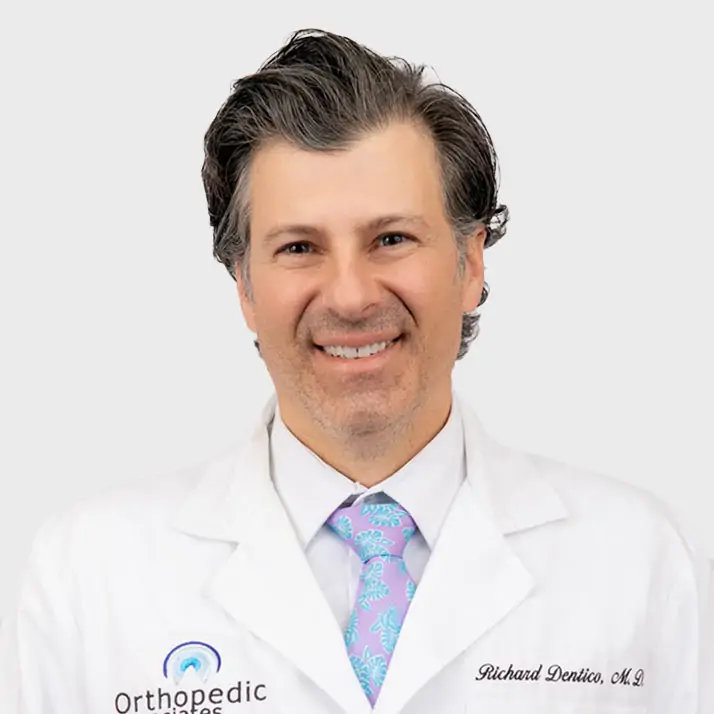
- Pain Management
- Spine
Practicing in:
Rhinebeck and Kingston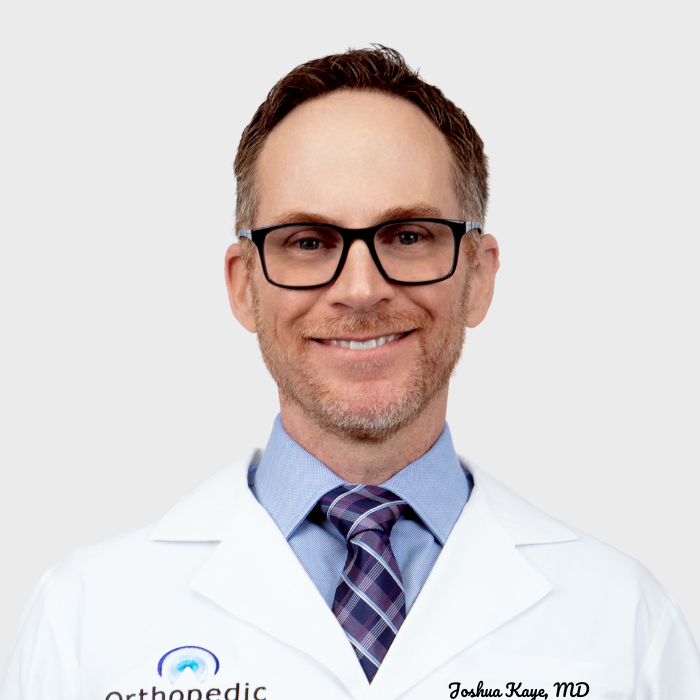
- Spine
- Pain Management
Practicing in:
Kingston, New Windsor, Poughkeepsie, and Rhinebeck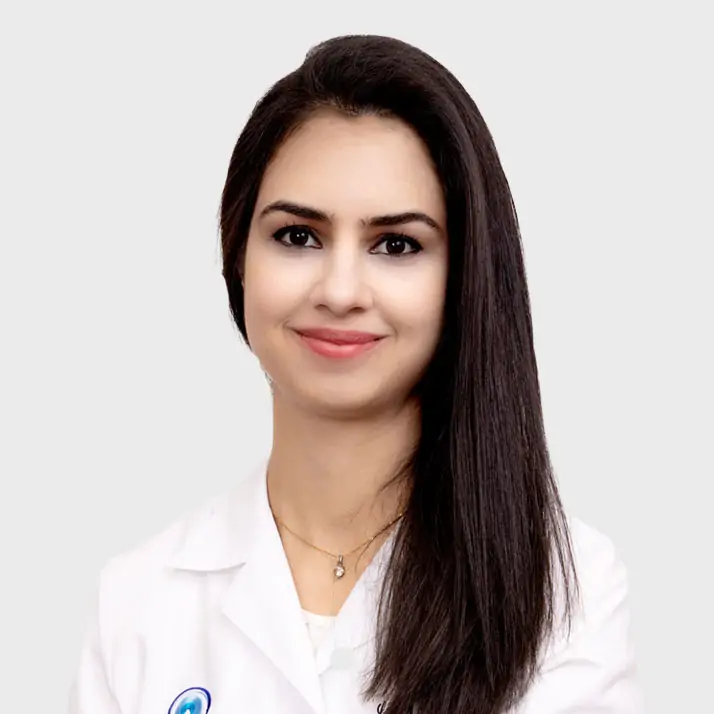
- Pain Management
- Spine
Practicing in:
Poughkeepsie, New Windsor, and Hopewell Junction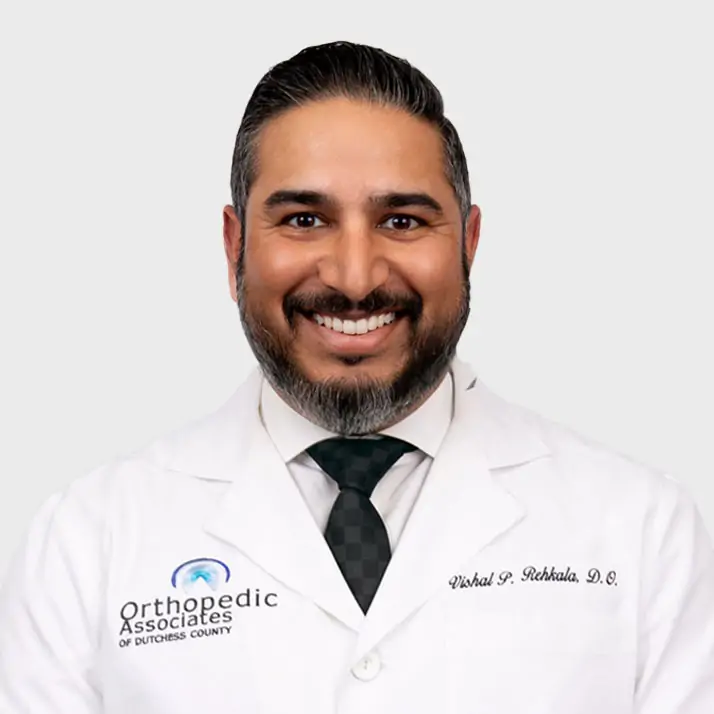
- Pain Management
- Spine
Practicing in:
Poughkeepsie, Hopewell Junction, and New Windsor



